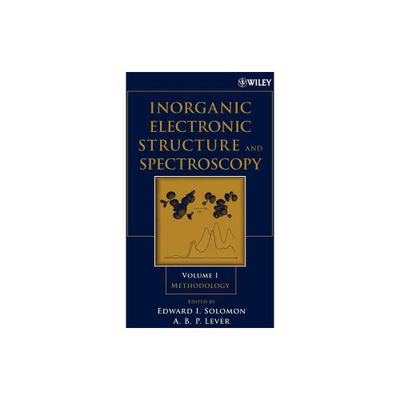Home
Point Defects in Semiconductors and Insulators: Determination of Atomic and Electronic Structure from Paramagnetic Hyperfine Interactions
Loading Inventory...
Barnes and Noble
Point Defects in Semiconductors and Insulators: Determination of Atomic and Electronic Structure from Paramagnetic Hyperfine Interactions
Current price: $219.99


Barnes and Noble
Point Defects in Semiconductors and Insulators: Determination of Atomic and Electronic Structure from Paramagnetic Hyperfine Interactions
Current price: $219.99
Loading Inventory...
Size: OS
*Product Information may vary - to confirm product availability, pricing, and additional information please contact Barnes and Noble
The precedent book with the title "Structural Analysis of Point Defects in Solids: An introduction to multiple magnetic resonance spectroscopy" ap peared about 10 years ago. Since then a very active development has oc curred both with respect to the experimental methods and the theoretical interpretation of the experimental results. It would therefore not have been sufficient to simply publish a second edition of the precedent book with cor rections and a few additions. Furthermore the application of the multiple magnetic resonance methods has more and more shifted towards materials science and represents one of the important methods of materials analysis. Multiple magnetic resonances are used less now for "fundamental" studies in solid state physics. Therefore a more "pedestrian" access to the methods is called for to help the materials scientist to use them or to appreciate results obtained by using these methods. We have kept the two introduc tory chapters on conventional electron paramagnetic resonance (EPR) of the precedent book which are the base for the multiple resonance methods. The chapter on optical detection of EPR (ODEPR) was supplemented by sections on the structural information one can get from "forbidden" transitions as well as on spatial correlations between defects in the so-called "cross relaxation spectroscopy". High-field ODEPR/ENDOR was also added. The chapter on stationary electron nuclear double resonance (ENDOR) was supplemented by the method of shastic END OR developed a few years ago in Paderborn which is now also commercially available.


















